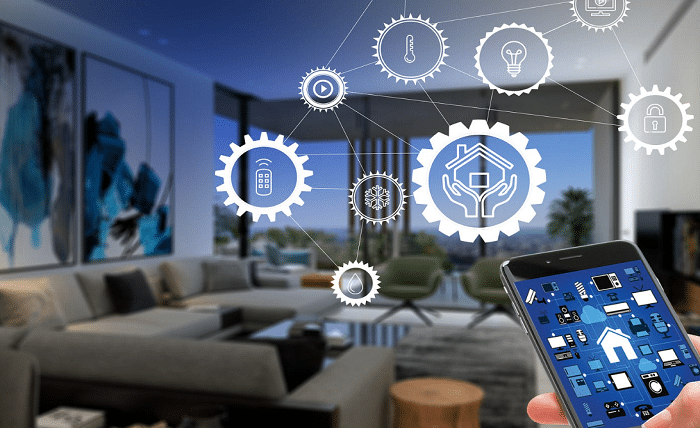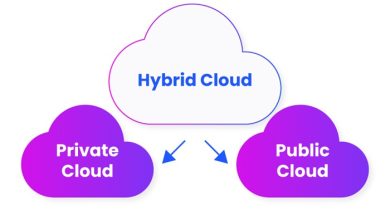
There’s something undeniably exciting about getting the keys to your first home. The space is yours. The decisions? All yours too. But before you start planning furniture layouts or color schemes, there’s another layer worth thinking about—how tech can shape the way your home actually lives.
Smart living isn’t reserved for luxury builds or sci-fi dreamers anymore. Affordable, intuitive tech can make your home safer, more comfortable, and easier to manage—starting from the moment you walk in. But as with anything home-related, you’ll want to plan your upgrades wisely. Tech comes with costs, quirks, and sometimes even restrictions that can surprise new homeowners if they’re not paying attention early on.
Budgeting for Tech Starts Before You Move In
Before your smart thermostat learns your schedule or your camera lights up with porch deliveries, you’ll face the paperwork side of buying. And it’s here—before any wires are installed—that things can get tricky.
A lot of buyers focus on price tags for devices and setups. What they miss? The upfront financial hit of just getting into the house. The final costs during closing can be a budget killer if you’re not prepared, leaving little room for early tech upgrades.
Between inspection fees, taxes, loan charges, and legal documentation, your tech budget can evaporate without warning. Knowing what to expect—and setting aside a buffer—gives you space to wire your home the way you want without regret.
Start Simple: Smart Basics That Make the Biggest Impact
If your new home feels like a blank slate, good. That means fewer surprises when you start adding layers of convenience and control.
Here are the smart devices most homeowners start with—for good reason:
- Video doorbells– Peace of mind, especially in busy neighborhoods
- Smart locks– No more hiding keys under pots or texting guests last-minute codes
- Thermostats that learn– Save on energy while staying comfortable
- Plug-in sensors– For motion, temperature, or moisture alerts in real-time
None of these require major construction, and most work with Wi-Fi and a smartphone. They’re the kinds of tools that make the house feel smarter without requiring you to become a tech specialist overnight.
Read the Rules Before You Drill a Hole
It might feel like your home. But depending on where it’s located—especially if it’s part of a planned neighborhood or condo association—you may be surprised by how much say others have in your setup.
Some HOAs (homeowners associations) and local zoning boards limit what can be installed on the outside of your house. That includes:
- Security cameras that face public walkways
- Floodlights or automated exterior lighting
- Solar panels, antennas, or wireless signal extenders
- Anything visible from the street (yes, even smart doorbells)
The logic behind these rules often ties back to uniformity and privacy. Even if you don’t agree with the guidelines, violating them could lead to fines—or having to remove the tech you just installed. So, take a few minutes to read what your community allows. It’s annoying, but it saves time and money down the road.
Think Ahead to the Systems You’ll Want Later
Your first smart home upgrades don’t need to be your last. But it helps to map out what your setup might evolve into—especially if you’re planning any construction or layout changes.
If you’re dreaming of:
- An outdoor speaker system
- Whole-house lighting scenes
- Voice-controlled everything
- Custom HVAC zoning
- Or even just a rack-mounted Wi-Fi hub in the closet
Then think about wiring while the walls are still untouched. It’s far easier (and cheaper) to run cable or plan outlet placement during renovations—or before furniture and décor are locked in.
Even if you’re not installing everything now, future-proofing your space makes upgrades smoother when the time comes.
Live Smart, Not Complicated
Here’s where it’s easy to go overboard. Smart tech can snowball—fast. Suddenly, you’re troubleshooting firmware updates or juggling apps that don’t talk to each other.
To keep things simple:
- Stick with one or two trusted ecosystems (Google, Apple, Amazon, etc.)
- Prioritize function over flash
- Avoid “smart” gadgets that only add clutter without improving your day
- Test devices slowly, one at a time, so you can fine-tune as you go
The smartest home isn’t the one packed with tech—it’s the one that works with your life, not against it.
Final Thoughts
Your first home is more than a purchase—it’s a blank canvas. With the right planning, you can shape it into a smart, responsive space that meets your needs and reflects your rhythm. Start with what matters, budget for the unseen costs, and be realistic about what you actually need. When your tech supports your lifestyle instead of complicating it, you’ll know you’ve made the right call.




